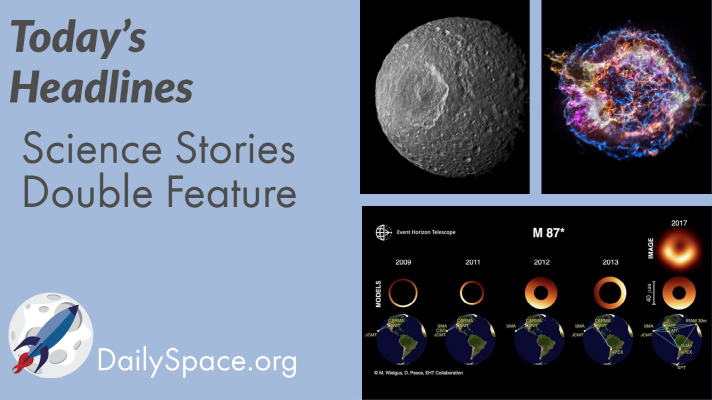
Science Story Double Feature
Join us today for a first-ever double feature episode. Dr. Pamela and Beth will cover the latest in astronomy and planetary science.

Join us today for a first-ever double feature episode. Dr. Pamela and Beth will cover the latest in astronomy and planetary science.
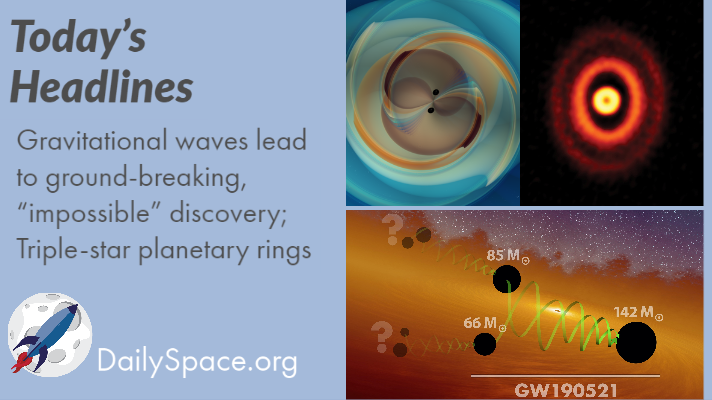
Join us today as we examine major news coming out last week from institutions analyzing data from the LIGO and Virgo gravitational wave detectors: the largest and farthest collision detected yet has led to the discovery of an “impossible” black hole. Plus a triple-star system has planetary rings and the camera that will be at the heart of the Vera Rubin Observatory takes its first images… of broccoli.

Join us today as we examine observations for dual quasars in the process of merging and a star being torn apart by its supermassive black hole. Plus, Hubble data used to map a halo around the Andromeda galaxy.
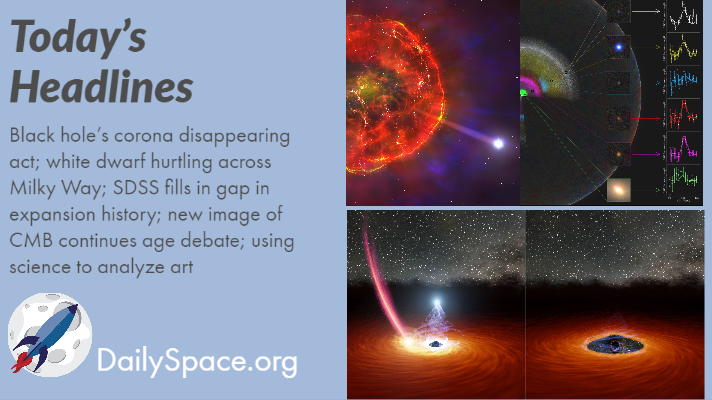
Join us today as we examine one possible reason a black hole’s corona may have disappeared. Be on the lookout for a runaway white dwarf whose supernova sent it hurtling across the Milky Way. We take a look at new survey results that fill in an 11-billion-year gap in the expansion of the universe. A new image of the cosmic microwave background suggests the universe is 13.77 billion years old, give or take 40 million years. And as a fun bonus, scientists use celestial sleuthing on a Vermeer painting to determine when it was actually painted.
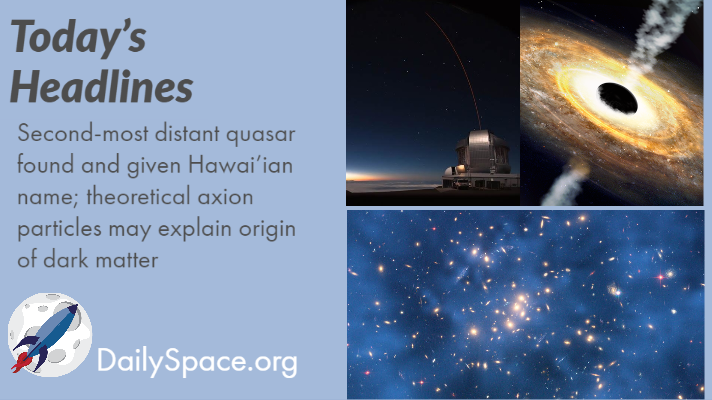
Join us today as we look at big news on a big quasar! Pōniuāʻena is the second-most distant quasar ever found, and its existence challenges conventional black hole formation theory. Also, we explain how the theoretical axion particle might be involved in the origin of dark matter.
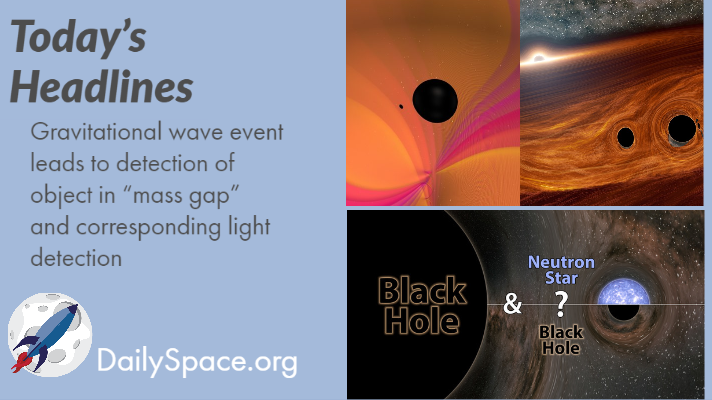
For today, both stories are related to the detection of gravitational wave events and are believed to be caused by the merger of massive objects far off in the universe.